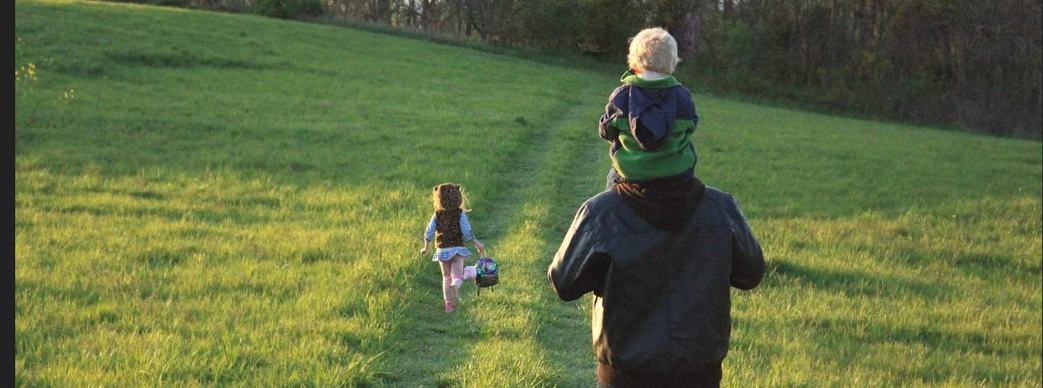Online short course
This freely accessible online course is for anyone who wants to know more about climate change, how it relates to plants and what you can do about it.
This course suits anyone aged 13 and over.
This course is hosted on PropaGate Learning, our online learning environment.






